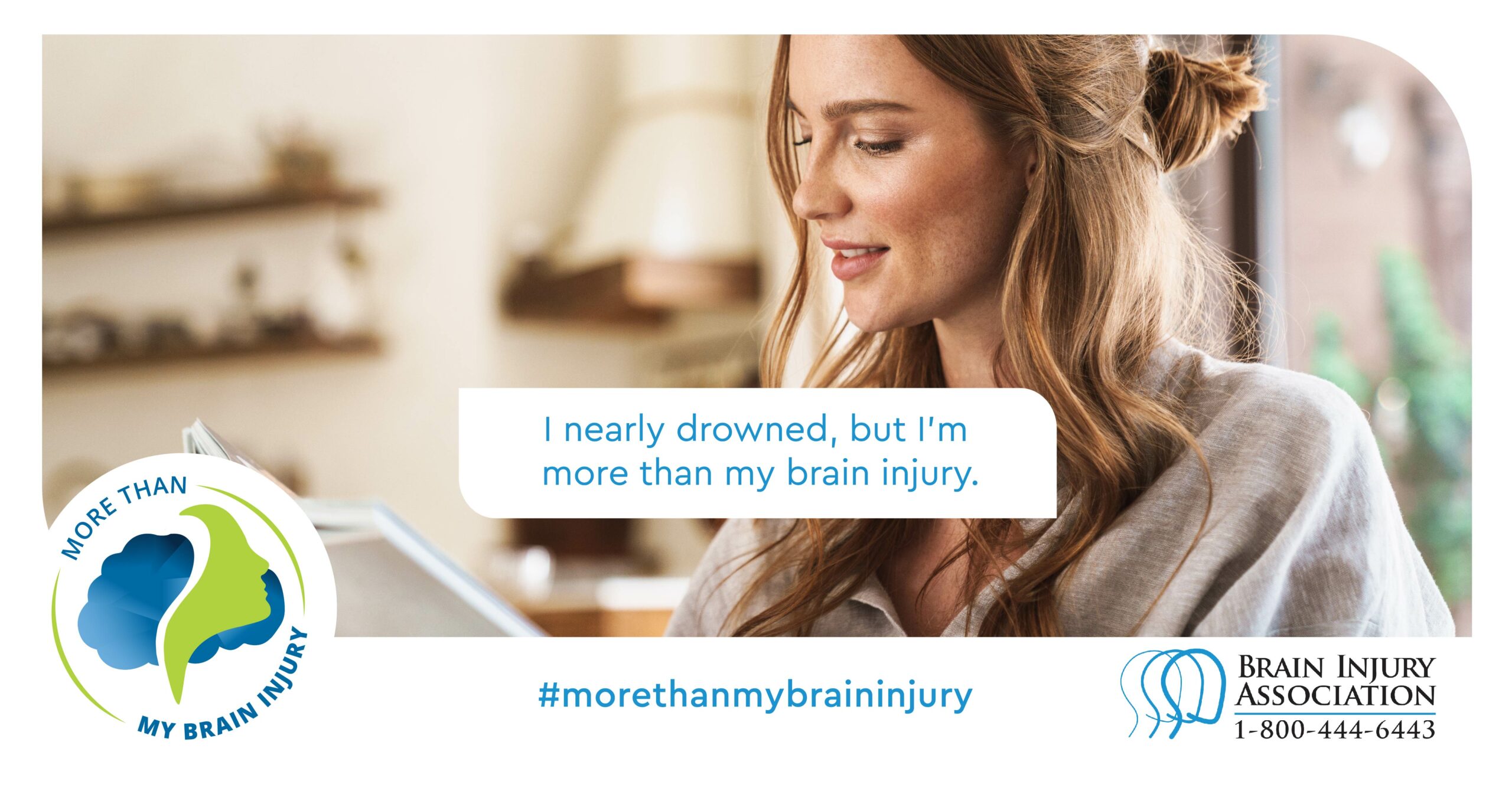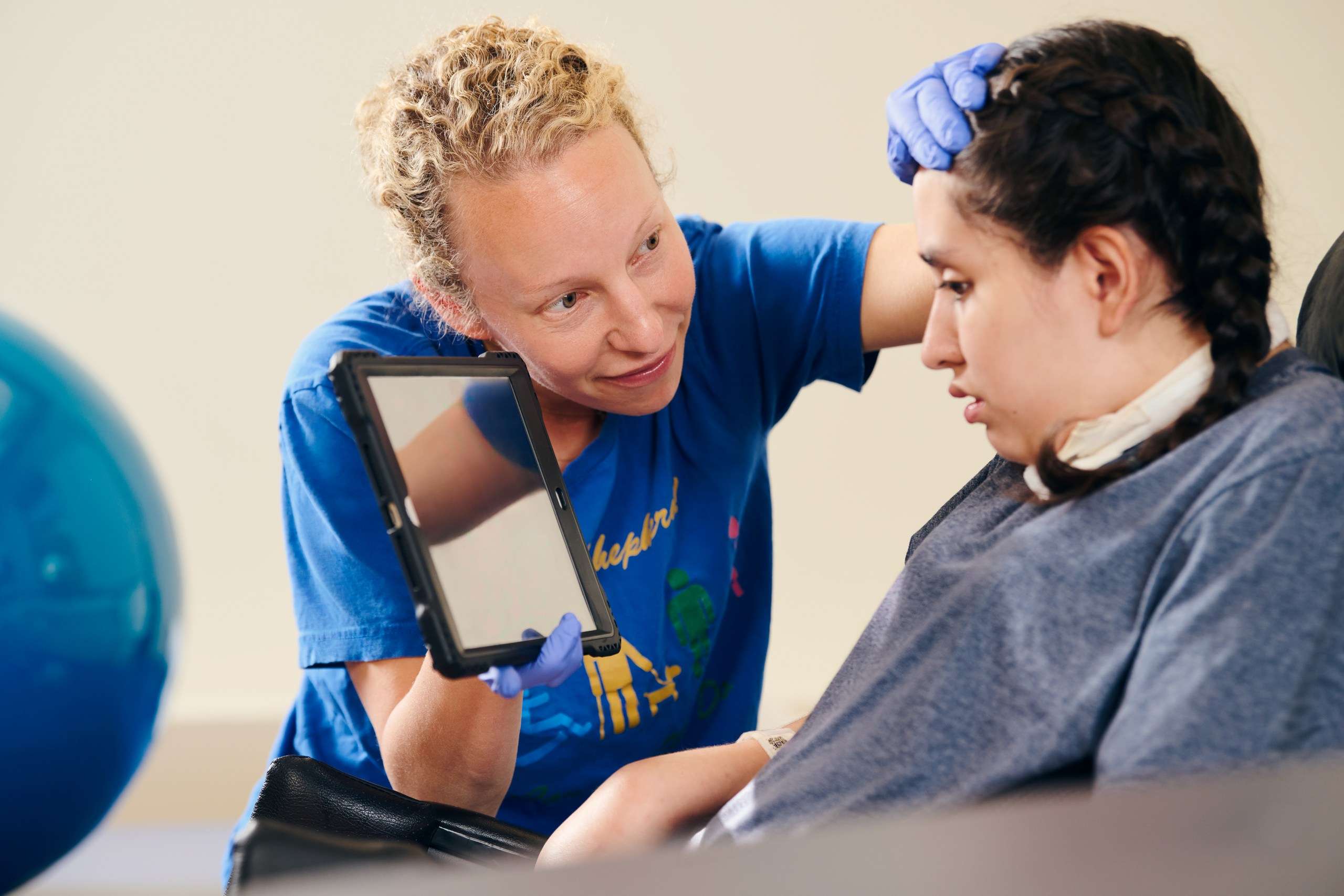hey there folks let me tell you something crazy that’s been buzzing around lately anoxic brain injury caused by a bee sting is one of the most shocking and unexpected medical incidents you could ever imagine yeah you read that right a tiny little bee packing a punch that can lead to serious brain damage it’s wild right so stick around because we’re diving deep into this bizarre yet critical topic
so what exactly is an anoxic brain injury from a bee sting well buckle up because this is where things get real interesting basically when a bee stings someone it releases venom into the body and for most people it’s just a minor annoyance but in rare cases that venom can trigger a severe allergic reaction or even worse cause oxygen deprivation to the brain leading to anoxic brain injury which is super serious
now why should you care about this well understanding the risks and symptoms of anoxic brain injury from a bee sting can literally save lives yeah you heard me right lives so if you or someone you know has ever been stung by a bee and experienced unusual symptoms this article is a must-read we’re going to break it all down for you step by step
- David Perry South Carolina The Man Behind The Spotlight
- Deja And Justin Rollins A Modern Love Story Thats Got Everyone Talking
Table of Contents:
• What is Anoxic Brain Injury?
• Bee Sting Overview
• The Connection Between Bee Stings and Anoxic Brain Injury
• Symptoms to Watch For
• Diagnosis Process
• Treatment Options
• Prevention Tips
• Real-Life Case Study
• Long-Term Effects
• Rehabilitation and Support
• Conclusion
What is Anoxic Brain Injury?
ok let’s start with the basics what exactly is anoxic brain injury well it’s a condition where the brain doesn’t get enough oxygen and trust me that’s a big deal because without oxygen brain cells start dying off pretty quickly and that can lead to permanent damage or even death so yeah it’s serious business
there are different types of anoxic brain injuries and each one affects the brain in unique ways for example stagnant anoxia happens when the body can’t circulate enough oxygen-rich blood to the brain and guess what a bee sting can sometimes trigger this through an extreme allergic reaction called anaphylaxis which we’ll talk about later
- Unveiling Barbara Grimes The Remarkable Journey Of A Living Legend
- Is Luke Combs A Conservative The Truth Behind His Political Views And Beliefs
Causes of Anoxic Brain Injury
so what causes anoxic brain injury in the first place well there are several factors but when it comes to bee stings the main culprit is usually anaphylactic shock this is when the body goes into overdrive trying to fight off the venom and ends up restricting blood flow and oxygen delivery to the brain it’s like the body’s defense system backfires big time
other causes might include drowning heart attacks or severe asthma attacks but today we’re focusing on bee stings because let’s be honest who would’ve thought a tiny insect could cause such chaos
Bee Sting Overview
now before we dive deeper into the connection between bee stings and anoxic brain injury let’s take a quick look at bee stings in general most of the time getting stung by a bee is no big deal yeah it hurts for a bit and you might get a little swollen but for the vast majority of people that’s about it
but here’s the thing about 3% of people experience severe allergic reactions to bee stings and that’s where things can get dicey these reactions can range from hives and difficulty breathing to full-blown anaphylaxis which as we’ve already mentioned can lead to oxygen deprivation and anoxic brain injury so yeah it’s not something to mess around with
Common Symptoms of Bee Sting Reactions
so how do you know if you’re having a severe reaction to a bee sting well here are some red flags to watch out for:
- swelling that spreads beyond the sting site
- difficulty breathing or shortness of breath
- dizziness or fainting
- rash or hives all over the body
- nausea or vomiting
if you or someone around you experiences any of these symptoms after a bee sting seek medical attention immediately because time is of the essence
The Connection Between Bee Stings and Anoxic Brain Injury
so how exactly does a bee sting lead to anoxic brain injury well it all comes down to that nasty little venom bees inject when they sting for most people the venom causes localized pain and swelling but in rare cases it can trigger an extreme allergic reaction that affects the entire body
when this happens the body’s immune system goes into overdrive releasing chemicals that cause blood vessels to dilate and blood pressure to drop dramatically this can lead to a lack of oxygen being delivered to vital organs including the brain and boom there you have it anoxic brain injury
How Bee Venom Affects the Body
let’s break it down even further bee venom contains a mix of proteins and toxins that can cause inflammation and tissue damage when injected into the body in most cases the body can handle this but for those who are highly allergic the venom can set off a chain reaction that leads to anaphylaxis and eventually oxygen deprivation
it’s like the venom flips a switch and the body just goes haywire trying to fight off what it perceives as a massive threat and in doing so it ends up harming itself it’s a cruel twist of fate really
Symptoms to Watch For
now that we understand how bee stings can lead to anoxic brain injury let’s talk about the symptoms you need to be aware of because early detection can make all the difference
initial symptoms might include confusion memory loss or difficulty speaking as the brain starts to suffer from lack of oxygen these symptoms can progress rapidly so it’s crucial to act fast if you notice anything unusual after a bee sting
Long-Term Symptoms
in some cases the effects of anoxic brain injury can last long after the initial incident these might include:
- seizures
- motor skill impairments
- cognitive difficulties
- emotional changes
these symptoms can vary widely depending on the severity of the injury and how quickly treatment was administered which is why prompt medical care is so important
Diagnosis Process
so how do doctors diagnose anoxic brain injury caused by a bee sting well it’s a multi-step process that usually involves a thorough medical history physical examination and various diagnostic tests
imaging tests like MRI or CT scans can help doctors see the extent of the brain damage while blood tests can check for signs of an allergic reaction or infection all of this information is crucial for determining the best course of treatment
Challenges in Diagnosis
one of the biggest challenges in diagnosing anoxic brain injury from a bee sting is that the symptoms can mimic other conditions like stroke or seizure disorder this is why it’s so important for doctors to consider the full picture including any recent bee stings when making a diagnosis
it’s also worth noting that not all doctors are familiar with the connection between bee stings and anoxic brain injury so if you suspect this might be the cause don’t hesitate to seek a second opinion or consult with a specialist
Treatment Options
ok so you’ve been diagnosed with anoxic brain injury from a bee sting now what well treatment depends on the severity of the injury but typically involves a combination of medical interventions and rehabilitation therapies
in the immediate aftermath doctors will focus on stabilizing the patient and restoring oxygen flow to the brain this might include administering oxygen therapy or even putting the patient on a ventilator if necessary once the patient is stable the focus shifts to minimizing long-term damage through various therapies
Rehabilitation Therapies
rehabilitation can be a long and challenging process but it’s essential for improving quality of life after anoxic brain injury some common therapies include:
- physical therapy to regain motor skills
- occupational therapy to help with daily activities
- cognitive therapy to address memory and thinking issues
each patient’s treatment plan will be unique based on their specific needs and goals so it’s important to work closely with healthcare professionals to develop a personalized approach
Prevention Tips
now that we’ve covered the scary stuff let’s talk about how you can prevent anoxic brain injury from a bee sting in the first place obviously avoiding bees altogether would be ideal but let’s be real that’s not always possible so here are some practical tips:
- wear protective clothing when outdoors especially in areas with lots of bees
- use insect repellent to keep bees at bay
- be cautious around flowering plants and picnic areas where bees are more likely to be present
- if you know you’re allergic to bee stings carry an epinephrine auto-injector with you at all times
these simple precautions can go a long way in reducing your risk of a serious bee sting reaction
Real-Life Case Study
let’s take a look at a real-life example of anoxic brain injury caused by a bee sting this happened to a 45-year-old man who was gardening in his backyard when he was stung by a bee initially he thought it was no big deal but within minutes he began experiencing difficulty breathing and confusion
by the time he got to the hospital he was showing signs of oxygen deprivation and was immediately put on oxygen therapy after several days in intensive care he began to recover but the anoxic brain injury left him with lasting cognitive impairments this case highlights the importance of recognizing the signs of a severe allergic reaction and seeking help quickly
Long-Term Effects
so what are the long-term effects of anoxic brain injury from a bee sting well it really depends on the severity of the injury and how quickly treatment was administered in some cases patients make a full recovery but for others the effects can be permanent
common long-term effects might include memory problems difficulty concentrating or even personality changes these issues can significantly impact a person’s quality of life which is why ongoing support and therapy are so important
Rehabilitation and Support
rehabilitation is a crucial part of the recovery process for anyone who’s suffered an anoxic brain injury from a bee sting it’s not just about regaining physical abilities but also about rebuilding confidence and adjusting to any new limitations
support groups can be incredibly helpful for both patients and their families providing a safe space to share experiences and advice finding a strong support network is key to navigating the challenges of recovery
Conclusion
so there you have it folks anoxic brain injury from a bee sting is a rare but serious condition that can have life-altering consequences understanding the risks recognizing the symptoms and seeking prompt medical attention are all crucial steps in preventing long-term damage
if you’ve made it this far i hope you’ve learned something valuable about this topic and if you have any thoughts or questions feel free to drop them in the comments section below and don’t forget to share this article with anyone who might find it helpful after all knowledge is power and in this case it could literally save a life so stay safe out there and keep those bees at bay alright
- Unveiling The Truth Major Accident In Houston Texas
- Alyxandra Beatris Brown The Rising Star Redefining Hollywoods Landscape


